
- For PC
- For MAC
- For Linux
- OS: Windows 10 (64 bit)
- Processor: Dual-Core 2.2 GHz
- Memory: 4GB
- Video Card: DirectX 11 level video card: AMD Radeon 77XX / NVIDIA GeForce GTX 660. The minimum supported resolution for the game is 720p.
- Network: Broadband Internet connection
- Hard Drive: 22.1 GB (Minimal client)
- OS: Windows 10/11 (64 bit)
- Processor: Intel Core i5 or Ryzen 5 3600 and better
- Memory: 16 GB and more
- Video Card: DirectX 11 level video card or higher and drivers: Nvidia GeForce 1060 and higher, Radeon RX 570 and higher
- Network: Broadband Internet connection
- Hard Drive: 62.2 GB (Full client)
- OS: Mac OS Big Sur 11.0 or newer
- Processor: Core i5, minimum 2.2GHz (Intel Xeon is not supported)
- Memory: 6 GB
- Video Card: Intel Iris Pro 5200 (Mac), or analog from AMD/Nvidia for Mac. Minimum supported resolution for the game is 720p with Metal support.
- Network: Broadband Internet connection
- Hard Drive: 22.1 GB (Minimal client)
- OS: Mac OS Big Sur 11.0 or newer
- Processor: Core i7 (Intel Xeon is not supported)
- Memory: 8 GB
- Video Card: Radeon Vega II or higher with Metal support.
- Network: Broadband Internet connection
- Hard Drive: 62.2 GB (Full client)
- OS: Most modern 64bit Linux distributions
- Processor: Dual-Core 2.4 GHz
- Memory: 4 GB
- Video Card: NVIDIA 660 with latest proprietary drivers (not older than 6 months) / similar AMD with latest proprietary drivers (not older than 6 months; the minimum supported resolution for the game is 720p) with Vulkan support.
- Network: Broadband Internet connection
- Hard Drive: 22.1 GB (Minimal client)
- OS: Ubuntu 20.04 64bit
- Processor: Intel Core i7
- Memory: 16 GB
- Video Card: NVIDIA 1060 with latest proprietary drivers (not older than 6 months) / similar AMD (Radeon RX 570) with latest proprietary drivers (not older than 6 months) with Vulkan support.
- Network: Broadband Internet connection
- Hard Drive: 62.2 GB (Full client)
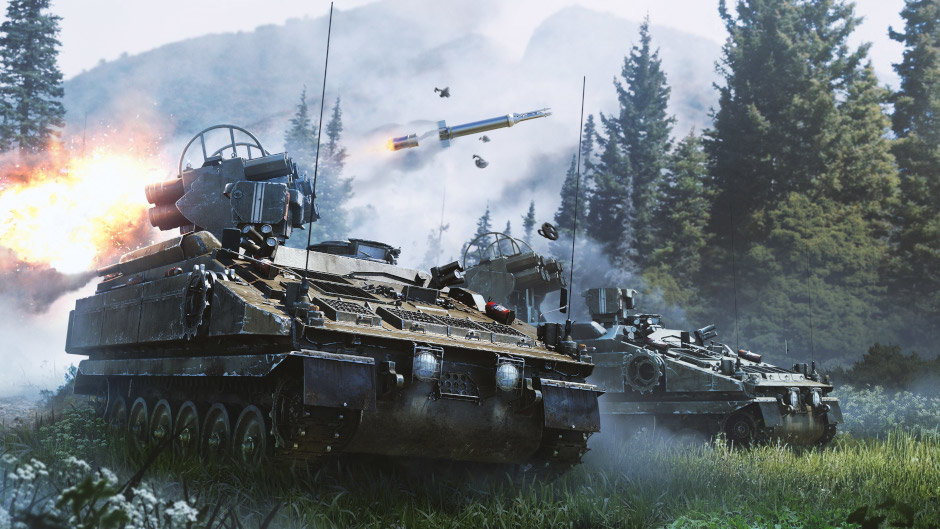
More improvements for SACLOS missiles are coming with the La Royale update to bring more balance and authenticity to missile duels.
Multi-missile beam riding
Hi guys! Today we continue to examine more details about the improvements to missiles in the game, and first of all we will talk about multi-missile fire. We tried to describe this technically complex topic first in simple words, followed by a more detailed description of the aspects of this improvement. Hope you like it!
Simple: in the upcoming La Royale update we’re going to improve beam-riding SACLOS missiles (see the vehicle list below) to make multi-missile fire more authentic, i.e. allowed in a short period of time. Previously, aircraft and ground vehicles ignored this limitation and missiles could be fired one after another, being all guided to the target at the same time. Helicopter and aircraft pilots exploited this gameplay simplification by overloading the protection of SPAAs. For example, in a duel between the French Roland 1 and the Russian Ka-52, the SAM has only two combat-ready missiles, while the helicopter could unleash all of its 12 Vikhr ATGMs, not taking into account the limited allowed salvo delay. The French could shoot down the first two ATGMs, the third missile sent the vehicle back to the hangar. Now, multi-missile salvo is allowed only during a short period of time. When exceeded, the initial missiles fired lose control.
Details:
Laser beam riding guidance is a method of missile guidance, when the laser projector of the launcher projects in space the guidance field in the form of a cone-shaped laser raster. The radiation is modulated by several frequencies so that the signal in different points of the raster is different and the receiver on board the missile can determine in which point of the control field the missile currently is, after which the autopilot of the missile steer missile back to the center of the control field and thus to the line of sight on the target.
Since the launcher does not transfer commands to each missile directly, as well as have no data on their position, theoretically such systems have no limits on the number of simultaneously cruising missiles remaining in one guidance cone. Multi-missile fire is used to increase the target kill chance. However, real systems have such limitations due to the fact that in order to ensure the commensurability of the beam diameter and target dimensions and maintain a constant input signal level, the beam opening angle decreases as the missile moves away from the launcher. The reduction of the beam opening is provided by an optical system with a variable focal length (pancratic optical system).
Beam-riding guidance mechanics in the game were also capable of multi-missile guidance, as well as jam-resistance from active interference both for aerial and ground carriers. However, actual limitations of beam-riding guidance were previously simplified in War Thunder, due to which such missiles have advantages especially in helicopter vs SAM duels. Pilots were able to fire multiple missiles, when first missiles triggered countering surface-to-air missiles of the SPAA, while following missiles reached the target when the combat-ready SAM ammunition was depleted. In reality, the guidance system is capable of providing a guidance field only for a limited number of missiles grouped on the trajectory. The farthest missiles will have the laser raster too wide and a signal too low, while the just launched missiles will have too narrow raster preventing missiles from guidance by the beam. The same feature will be implemented into the game.
In the La Royale update, a pilot or SAM operator will still be able to multi-missile guidance, but only if they were launched within a short time interval. The next missile fired outside this interval will switch the control field to itself and control of previously fired missiles will be lost. The allowed fire time will be displayed in the pilot HUD or gunner’s sight.
List of vehicles:
- Ka-50, Ka-52, Mi-28NM, AH Mk.1, Su-25T, Su-39, “Orion” strike UAV, BMP-2M, ASRAD-R, ADATS, ZT3A2, Stormer HVM, ADATS (M113)
Distant arming of the missile proximity fuze
Another improvement to the SAM missiles to avoid false arming of the fuse while cruising to target. In reality, proximity fuzes of the radio-guided anti-air missiles feature an option of distant arming, activated while approaching the target. This option improves the missile jamming resistance, as well as allows to avoid false initiation of the fuse. Previously, War Thunder employed simplified mechanics of the non-contact sensors due to which they remained always armed and might be initiated by close missiles fired from airplane or helicopter to the SPAA. An aircraft versus SAM duel was never fair enough.
We decided to get rid of this simplification in the La Royale update. If a radar of the anti-aircraft vehicle locks on target, the fuse sensor is activated only by approaching the target. This will allow us to avoid false arming by close missiles or enemy aircraft. However, if a missile is fired without locking on target, or get manual command to line of sight (MCLOS), the target sensor remains active from the launch, since the missile has no data on the distance to target
The list of surface-to-air missiles with distant arming sensors:
- VT-1, Roland-2, Roland-3, 9M331, 9M311, 9M311M1, 95Ya6
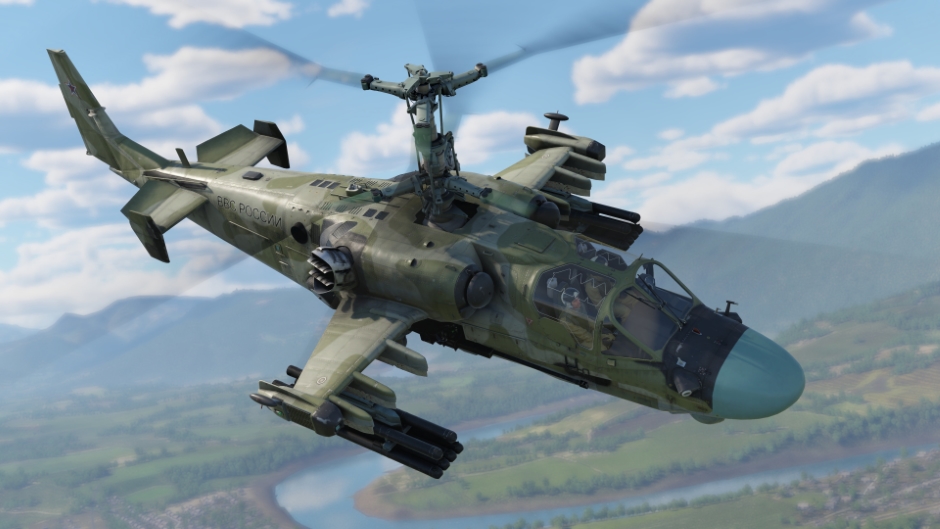
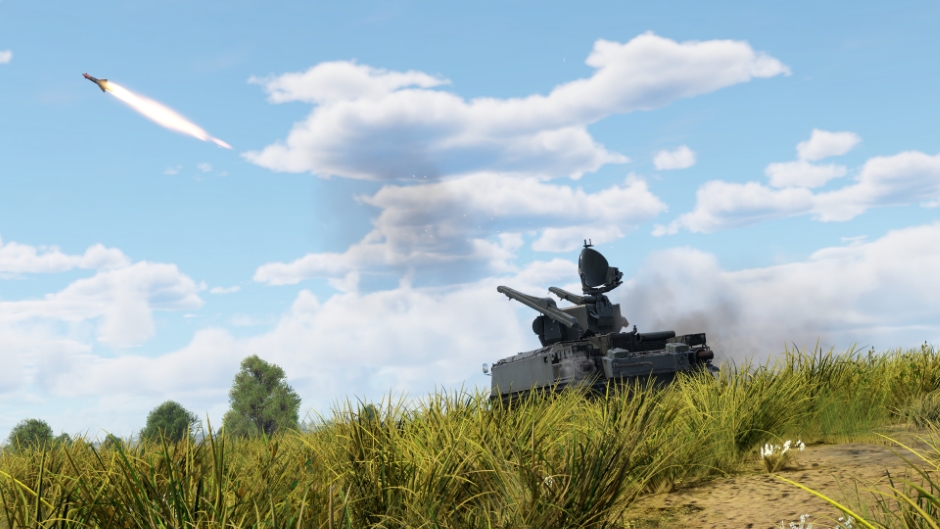
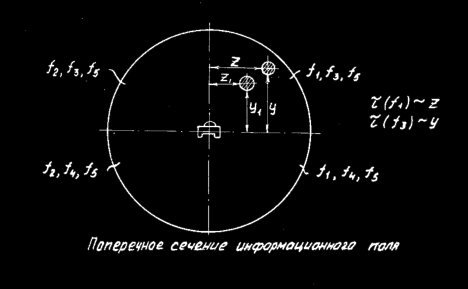
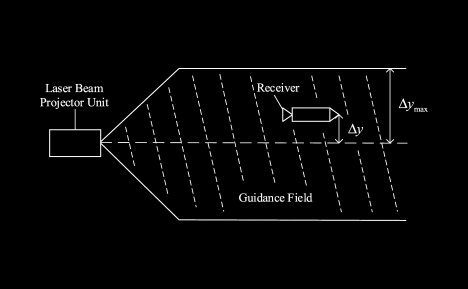




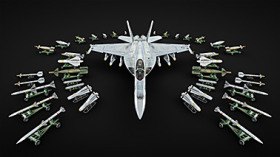
Comments (58)
Comments will be premoderatedYess, that's what were we waiting for.
thank you so much can't wait for the update..
Submit a complaint